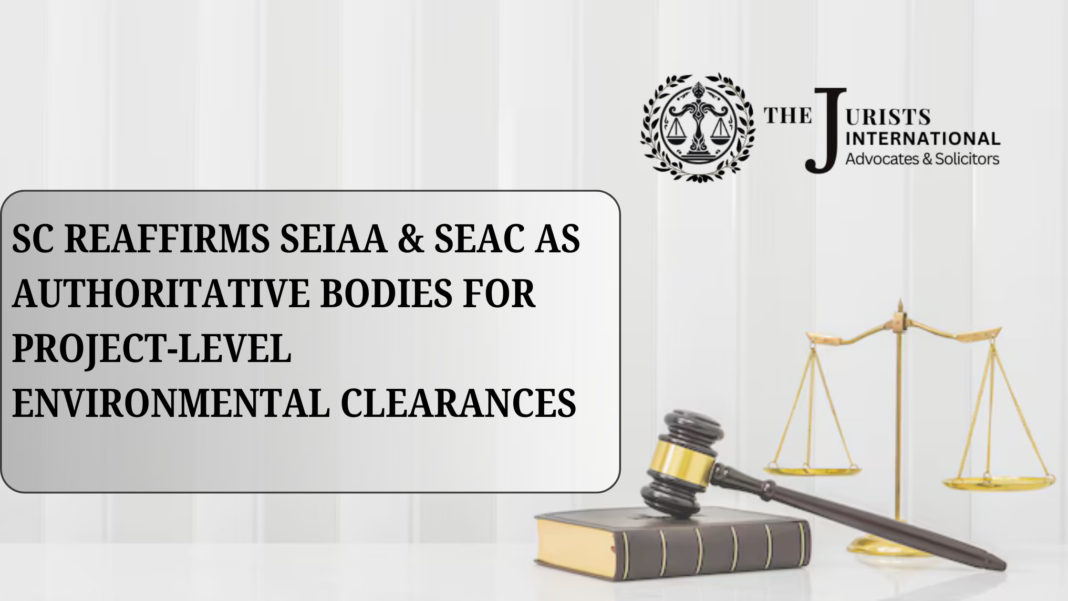In a vital judgment delivered on August 6, 2025, the Supreme Court of India, in Vanashakti v. Union of India (W.P.(C) No. 166/2025), decisively addressed a longstanding regulatory impasse: which authorities should oversee environmental clearance at the project level.
The Bench of Chief Justice B.R. Gavai and Justice K. Vinod Chandran upheld the constitutional validity of the Ministry of Environment, Forest and Climate Change’s January 29, 2025 notification, clarifying that State Environment Impact Assessment Authorities (SEIAA) and State Expert Appraisal Committees (SEAC) are the competent bodies to grant environmental clearances for building and township projects with built‑up areas between 20,000 and 1,50,000 square meters—spanning residential, educational, and industrial construction.
The Court quashed prior attempts at blanket exemption—redistributing environmental oversight to local bodies—and struck down Clause 14(a) and Appendix 16 of the 2014 and 2016 notifications that attempted to create overlapping jurisdiction through additional Environmental Cells. It reaffirmed uniformity in clearance norms, rejecting differential treatment based on project type (e.g., educational vs industrial), and resolved complexities around eco-sensitive zones, stating that state-level authorities could validly clear such projects even in protected areas.
This ruling brings clarity and momentum—particularly to over 493 stalled housing projects in Mumbai and Pune, accounting for more than 70,000 delayed homes. The Supreme Court’s affirmation of SEIAA/SEAC’s authority removes bureaucratic deadlock and invites timely realisation of infrastructure while preserving environmental rigour.
The judgment strikes a critical balance: recognising states’ capacity to streamline environmental clearances while ensuring compliance with the EIA Notification, 2006. It reinforces that:
– Decentralisation and clarity are indispensable for efficient governance.
– Environmental regulation must be both stringent and practical, avoiding unnecessary delays while ensuring public welfare and ecological protection.
– Judicial clarity can catalyse stalled development without compromising sustainability.
As India scales its urban landscape, this verdict crystallises a judicial position where advanced appraisal mechanisms and local expertise drive faster, efficient, and ecologically safe approvals. It reaffirms that regulatory coherence is the bedrock of equitable, sustainable growth.



